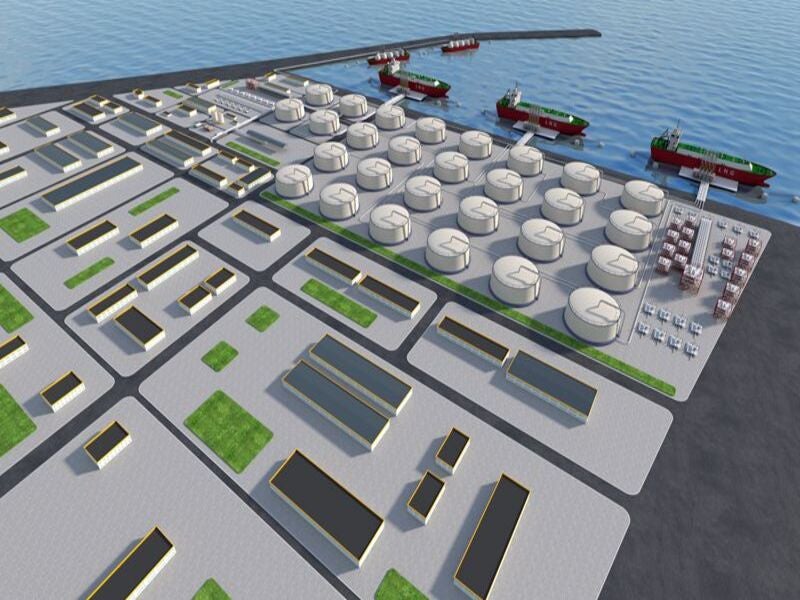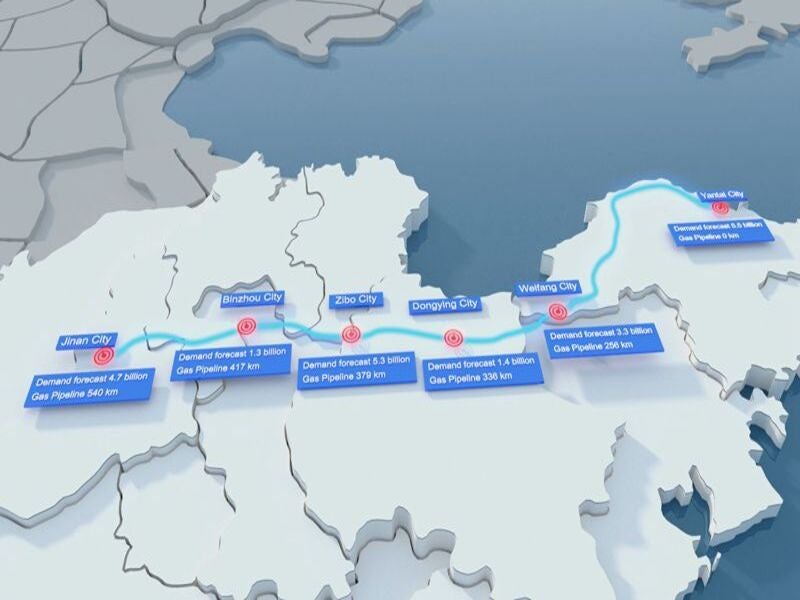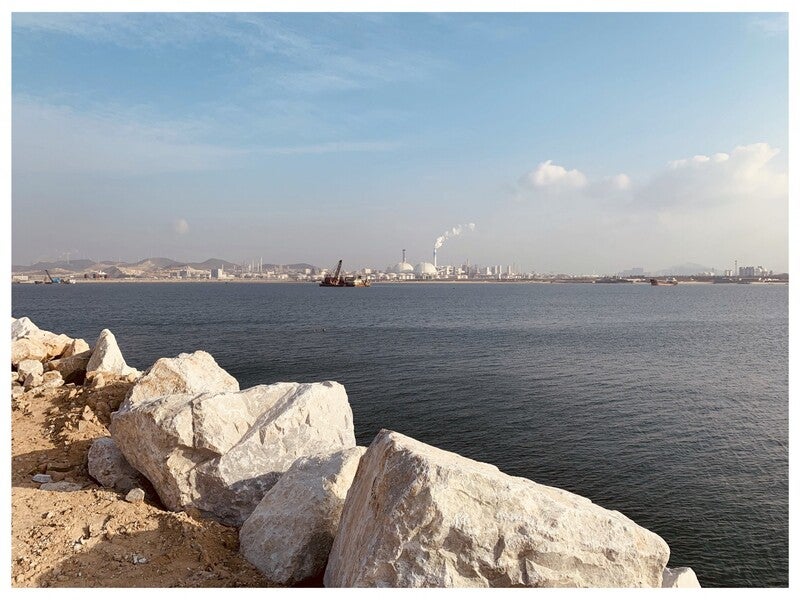The Yantai LNG receiving terminal being developed at the Port of Yantai along the Bohai Sea in the Shandong province of China will be one of the biggest LNG import terminals in northern China.
The project is being developed by Poly-GCL Pan-Asia International Energy (Shandong), a joint venture of Poly-GCL Petroleum Group, Pan-Asia International Energy Distribution Center, and Yantai Port Group.
The Yantai LNG import and regasification facility is planned to be developed in two phases with each phase involving an LNG receiving capacity of five million tonnes per annum (Mtpa).
The National Development and Reform Commission (NDRC) of China approved the construction of the terminal in the first quarter of 2020.
Construction was commenced in June 2020. The start-up of the phase one terminal facility is expected by 2022, while phase two is scheduled to come on stream in 2025.
The associated Yantai natural gas pipeline will connect the Yantai LNG terminal to six major cities and other industrial hubs in Shandong, as well as to the national natural gas pipeline network of China.
Yantai LNG receiving terminal make-up
The phase one development of the LNG receiving terminal will include five LNG storage tanks of 200,000m3 capacity each, a 266,000m3-capacity LNG receiving berth for LNG tankers, a 50,000m3-capacity transhipment berth, regasification facilities, in addition to dedicated port pools, channels, and anchorages for LNG ships.
The terminal will have the capacity to regasify up to 40 million cubic meters of gas a day in phase one.
Phase two of the LNG import terminal will include five additional 200,000m3 storage tanks and two 266,000m3 capacity receiving berths.
Yantai natural gas pipeline
The Yantai LNG receiving terminal will be connected to the national natural gas pipeline network through the 530km-long, 48in-diameter Yantai gas pipeline, which is estimated to cost approximately £680m ($850m).
The pipeline, with an operating pressure of 10MPa, will supply 23 billion cubic metres (bcm) of gas per year across Shangdong Province. It will benefit six major cities and industrial hubs in Shangdong including Weifang, Dongying, Zibo, Binzhou, Jinan, and Yantai, covering a total population of forty million.
The Yantai natural gas pipeline will originate at the Yantai LNG terminal and pass through 10 station yards before terminating at Qihe station, where it will link with PetroChina’s Jining pipeline.
A second parallel pipeline is also planned to be constructed to meet the rising gas demand in the future.
Financing
The total investment for Yantai LNG terminal is estimated to be £912m ($1.19bn). While 30% of the project cost is being financed through the developer’s funds, the remaining £638m ($837m) will be arranged through bank loans.
Contractors involved
H Sterling Group was contracted to provide technical and management expertise for the development of Yantai LNG terminal and assist LNG trade from the terminal. It is also responsible for the construction of the associated gas pipeline.
Kunlun Energy, a subsidiary of PetroChina, signed an agreement with Yantai Port Group for the construction of a 266,000m3 receiving berth as part of the phase one development of the terminal in January 2019.
Yantai LNG import project background
Poly-GCL Pan-Asia International Energy (Shandong) was established for the construction and development of the Yantai LNG receiving terminal in September 2017. The project was initiated in June 2018.
The preliminary project works related to the sea channel, breakwater and land reclamation were completed as of August 2020.
The National Development and Reform Commission (NDRC) of China and the National Energy Administration (NEA) of China approved the Yantai LNG import project in January 2020.
Yantai LNG invited international oil and gas companies including BP, Total, Fluxys, Uniper, and Cheniere for partnership in the LNG terminal project at the 5th CWC China LNG and Gas International Summit held in October 2019.





